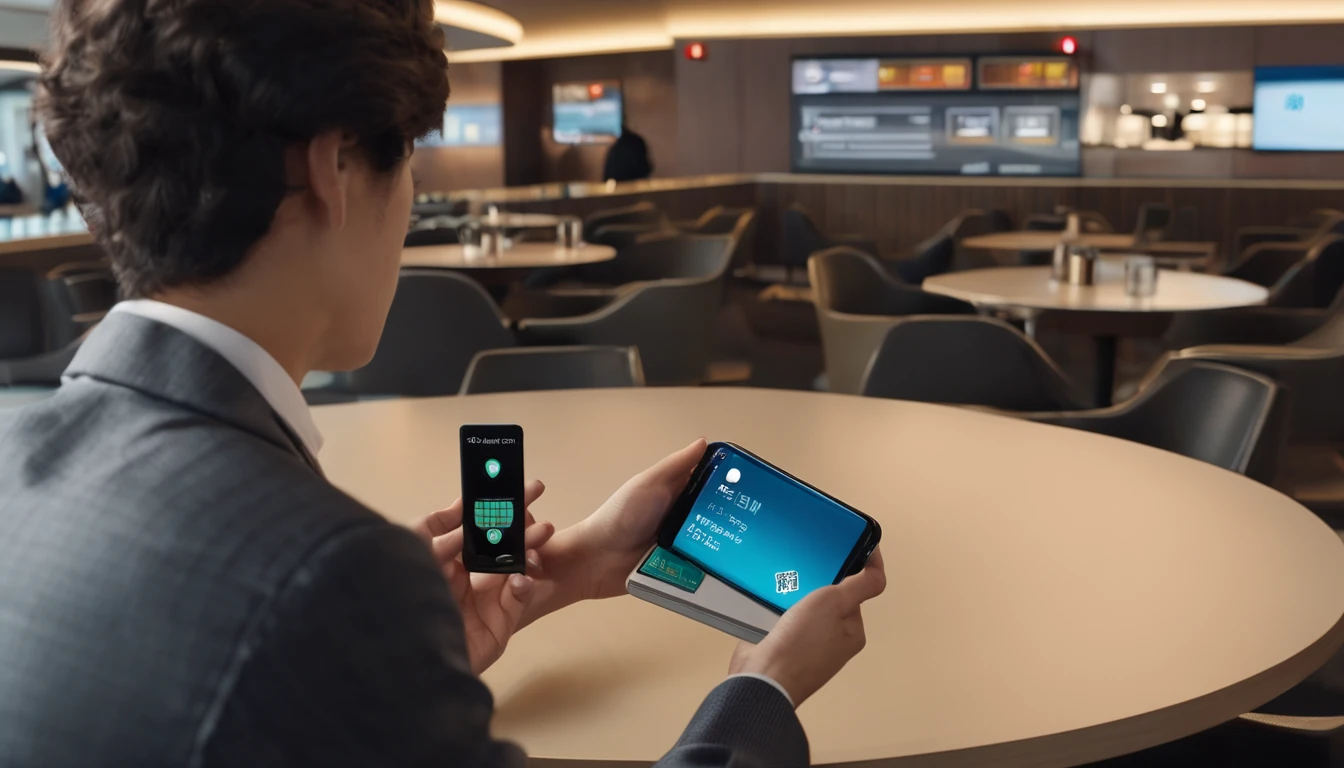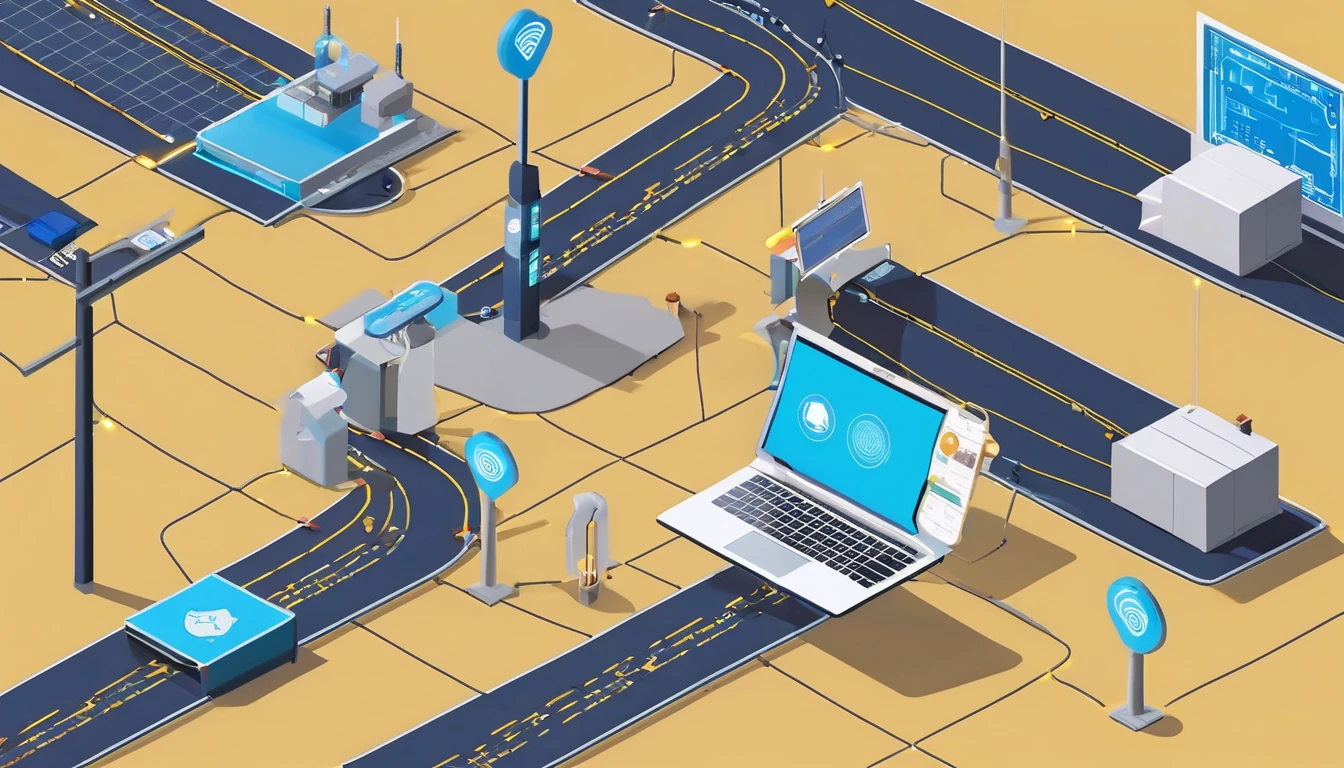Cruise internet is a tale of two worlds: slow, pricey satellite Wi‑Fi at sea and fast, cheap mobile data the moment you dock. The smartest approach is a “port‑day eSIM switch” — use reliable, low‑cost mobile data in port, then fall back to the ship’s Wi‑Fi only when you truly need it at sea. This playbook explains how to plan eSIMs by port, switch safely without bill shock, keep messaging working, and use offline tools so your trip runs smoothly. Expect plain-English guidance, realistic speed expectations, and simple checklists to make it work across the Med, Caribbean, Alaska, and beyond. Whether you’re a holidaymaker looking to post photos in port or a remote worker who must stay reachable, this strategy will minimise costs, preserve battery, and keep you connected where it actually matters. You’ll also find example eSIM picks by itinerary, device settings to avoid maritime roaming traps, and pro tips to stretch every megabyte.
What “cruise internet” really is (and isn’t)
- At sea: your phone cannot see land-based mobile towers. Any “mobile” network that appears is usually a maritime roaming network (e.g., “Cellular at Sea” or similar) billed at extreme pay‑per‑MB rates. Avoid these entirely.
- Onboard Wi‑Fi: provided via satellite. It works ship‑wide but is shared by thousands of passengers. Think high latency (600–900 ms typical), bursty speeds, and content restrictions. Useful for messages, email, and light browsing. Streaming can be hit‑and‑miss unless you pay for a top-tier plan.
- In port (or close to shore): your phone can use normal mobile networks. This is where an eSIM shines: fast LTE/5G, low cost per GB, hotspot support, and predictable performance.
Bottom line: rely on eSIM data in port; use ship Wi‑Fi at sea for essentials; keep your home SIM and maritime networks out of the loop to avoid bill shock.
The Port‑Day eSIM Strategy (high level)
- Before you sail, add regional/country eSIMs tailored to your ports.
- While at sea, keep your phone in Airplane Mode with Wi‑Fi on; use the ship’s Wi‑Fi sparingly.
- As you dock, disable Airplane Mode, switch mobile data to your travel eSIM, and go online at local rates.
- Repeat per port; download offline maps and content ahead of time to minimise live data needs.
Browse options by country or region on Destinations. For multi-country trips, look at Esim Western Europe or Esim North America. For single-country stops, check Esim Spain, Esim France, and Esim Italy. US departures or overnights? See Esim United States.
Pre‑cruise checklist: set yourself up
- Map your ports and dates
- Note time in port and overnight stays.
- Group ports by region to decide between a regional eSIM (easier) vs per‑country eSIMs (cheaper per GB).
- Check device compatibility
- Confirm your phone supports eSIM and is unlocked.
- Pick your eSIM plan(s)
- Western Med (Spain/France/Italy): Esim Western Europe is the simple pick; or combine Esim Spain, Esim France, Esim Italy for heavy usage in one country.
- Caribbean with a US stop: Esim North America plus Esim United States coverage as needed.
- Install eSIM(s) before you sail
- Add them to your phone and label clearly (e.g., “EU eSIM”).
- Do not enable data roaming on your home SIM.
- Download offline essentials (per port)
- Maps (Google Maps/Apple Maps), city guides, translation packs, transit schedules, and ride‑hail apps.
- Entertainment and podcasts for sea days.
- Messaging readiness
- Ensure WhatsApp/Telegram/Signal are installed and logged in.
- If you use iMessage/FaceTime, confirm they work on Wi‑Fi only.
- Payment and security
- Enable offline modes for wallets where supported.
- Set up VPN if your company requires it (remote workers: see For Business).
Pro tip: Create a “Cruise” Home Screen page with your travel apps and widgets (clock for home time zone, calendar, maps).
Onboard days: reality check and best use of ship Wi‑Fi
Expect high latency and variable speeds subject to congestion, weather, and ship hardware. Use it for: - Text and low‑resolution photo messaging - Email (set to manual fetch or low-frequency sync) - Essential work chat (Slack/Teams) with notifications only - Basic browsing and booking changes
Avoid: - Big OS/app updates and cloud photo backups - Video calls (unless on a premium package and off‑peak) - Streaming in HD
Workarounds: - Schedule uploads for port days. Queue photos and videos but pause sync until docked. - Use “Low Data Mode” (iOS) or “Data Saver” (Android). - Compress photos before sending; use “Less Data” options in chat apps. - Try audio‑only calls over Wi‑Fi if video stutters.
Port days: switch to eSIM and get things done fast
A simple, repeatable routine: 1. As the ship docks, wait for the “mobile signal” icon to appear. 2. Disable Airplane Mode. 3. Set Mobile Data to your travel eSIM. Keep your home SIM active for calls/SMS only if needed, but leave Data Roaming OFF on the home line. 4. If data doesn’t start, toggle Data Roaming ON for the travel eSIM and confirm APN settings provided in your eSIM install notes. 5. Turn on Personal Hotspot if you want to share with family devices (best value in port). 6. Open your to‑do list for the day: maps, transport, restaurant bookings, content uploads, backups.
Pro tips: - Offline maps per port save battery and data. Update with a quick “refresh” when you first connect in port. - If coverage is dense, let the phone choose the best local network automatically; if you see flapping, try manual network selection. - Banking and ride‑hail apps may challenge logins in new countries; keep SMS/Authenticator access handy. - Leave port with at least 30 minutes to spare for any queued cloud syncs.
Example itineraries and eSIM picks
- Western Mediterranean (Barcelona–Marseille–Genoa–Rome–Naples)
- Easiest: Esim Western Europe to cover Spain, France, and Italy on one plan.
- Power users: Pick larger data buckets in Esim Spain, Esim France, and Esim Italy if you’ll stream or hotspot heavily in a single country.
- Eastern Caribbean with Miami turn
- Regional plan: Esim North America for US coverage plus supported nearby destinations.
- If spending extra days in the US before/after: add Esim United States with a larger data allocation.
- Alaska (Seattle/Vancouver turn with Canadian port)
- Combine Esim North America for US/Canada coverage so you don’t need to swap mid‑trip.
Not sure? Explore countries and regions via Destinations.
Costs: a realistic comparison
- Maritime roaming (at sea on “cellular at sea”):
- Commonly charged per MB at premium rates. Even a few photos can cost more than a day of ship Wi‑Fi. Best avoided entirely.
- Ship Wi‑Fi:
- Day passes often priced per device, sometimes tiered (basic vs streaming). Good for light use; speeds vary.
- Port‑day eSIM:
- Low cost per GB, 4G/5G performance, and hotspot support included. Ideal for uploads, map/navigation, and all heavy tasks.
A practical mix: - Buy the smallest ship Wi‑Fi plan that keeps you reachable at sea. - Put your heavy data needs into port windows using eSIM. - If you travel as a family, one larger eSIM data pack with hotspot sharing in port can be excellent value.
Settings that prevent bill shock at sea
iOS (iPhone): - Settings > Mobile Data - Set “Mobile Data” line to your travel eSIM when in port; switch back to “Off” at sea. - For your home line, tap it and turn off “Data Roaming.” - Airplane Mode at sea, Wi‑Fi ON for ship Wi‑Fi. - Disable Wi‑Fi Assist (Settings > Mobile Data > Wi‑Fi Assist OFF). - Low Data Mode ON during sea days.
Android (varies by brand): - Settings > Network & Internet > SIMs - Turn OFF Data Roaming on your home SIM. - Set your travel eSIM as the “Preferred SIM for data” in port. - Airplane Mode at sea, then turn Wi‑Fi back ON. - Disable “Switch to mobile data” or “Adaptive connectivity” features that might sneak data. - Enable Data Saver on sea days.
General: - Do not connect to any “cellular at sea” network. Airplane Mode prevents accidental attachment. - Remove or pause auto‑updates and cloud backups until you’re in port.
How to juggle ship Wi‑Fi and port‑day eSIM (step‑by‑step)
- The evening before a port: 1. Queue uploads (photos/video) but pause cloud sync. 2. Download offline maps and transit info for the next port. 3. List tasks you’ll complete in port (banking, large app updates, content posts).
- As you dock: 1. Disable Airplane Mode. 2. Select your travel eSIM for mobile data and enable data roaming on it if required. 3. Run through your task list; hotspot to family if needed.
- Departing port: 1. Finish uploads 30 minutes before sail‑away. 2. Switch back to Airplane Mode; turn Wi‑Fi ON for ship access. 3. Keep cloud backups paused until the next port.
Messaging that works everywhere
- iMessage/FaceTime: run fine on ship Wi‑Fi for text and audio; video can struggle.
- WhatsApp/Telegram/Signal: reliable for text and compressed media; enable “low data” options.
- Wi‑Fi Calling: many carriers allow it on ship Wi‑Fi; enable in phone settings. If your carrier blocks it, use app‑based calling.
Pro tip: Tell close contacts you’re “real‑time in port, delayed at sea.” It sets expectations and reduces pressure to stay online on slow satellite links.
For teams and frequent cruisers
- Remote work: If you must remain reachable, pair minimal ship Wi‑Fi with disciplined port‑day sprints for heavy tasks. Your IT team may require a VPN — set and test it before sailing. See For Business.
- Travel agents and group organisers: Simplify group comms with a shared eSIM plan per cabin for port days. Explore partnerships on Partner Hub.
FAQ
- Will my eSIM work at sea?
- No. eSIMs use land-based mobile networks. At sea, only ship Wi‑Fi or expensive maritime roaming is available. Keep your phone in Airplane Mode at sea and use Wi‑Fi.
- Can I keep WhatsApp and iMessage working without buying the top Wi‑Fi package?
- Usually, yes. Texts and low‑res photos work on basic ship Wi‑Fi. For video calls or large media, wait for port and use your eSIM.
- How do I avoid charges on my home SIM?
- Turn off Data Roaming on your home SIM, use Airplane Mode at sea, and set your travel eSIM as the data line in port. Disable Wi‑Fi Assist/auto “switch to mobile data.”
- Should I buy the cruise line Wi‑Fi?
- Buy the smallest plan that covers your needs at sea (messaging, email). Push all heavy tasks to port with eSIM data. If you need video calls at sea, expect to pay for the top tier and still see variability.
- Can I hotspot to family devices?
- Yes, in port with your eSIM it’s usually fine and cost‑effective. Onboard, hotspots may be blocked and performance is limited — not recommended.
- What if my itinerary spans many countries?
- Choose a regional plan like Esim Western Europe or Esim North America. For deep usage in one country, add a larger single‑country plan such as Esim Spain or Esim United States.
The bottom line
Cruise internet isn’t all‑or‑nothing. Use ship Wi‑Fi at sea for the basics, and make port days your high‑speed windows with a well‑chosen eSIM. Plan your eSIMs by region, download offline tools per port, control your phone’s data settings, and batch heavy tasks for when you’re docked. You’ll stay connected, avoid shock bills, and actually enjoy the voyage.
Next step: Map your itinerary and pick the right eSIMs on Destinations.



